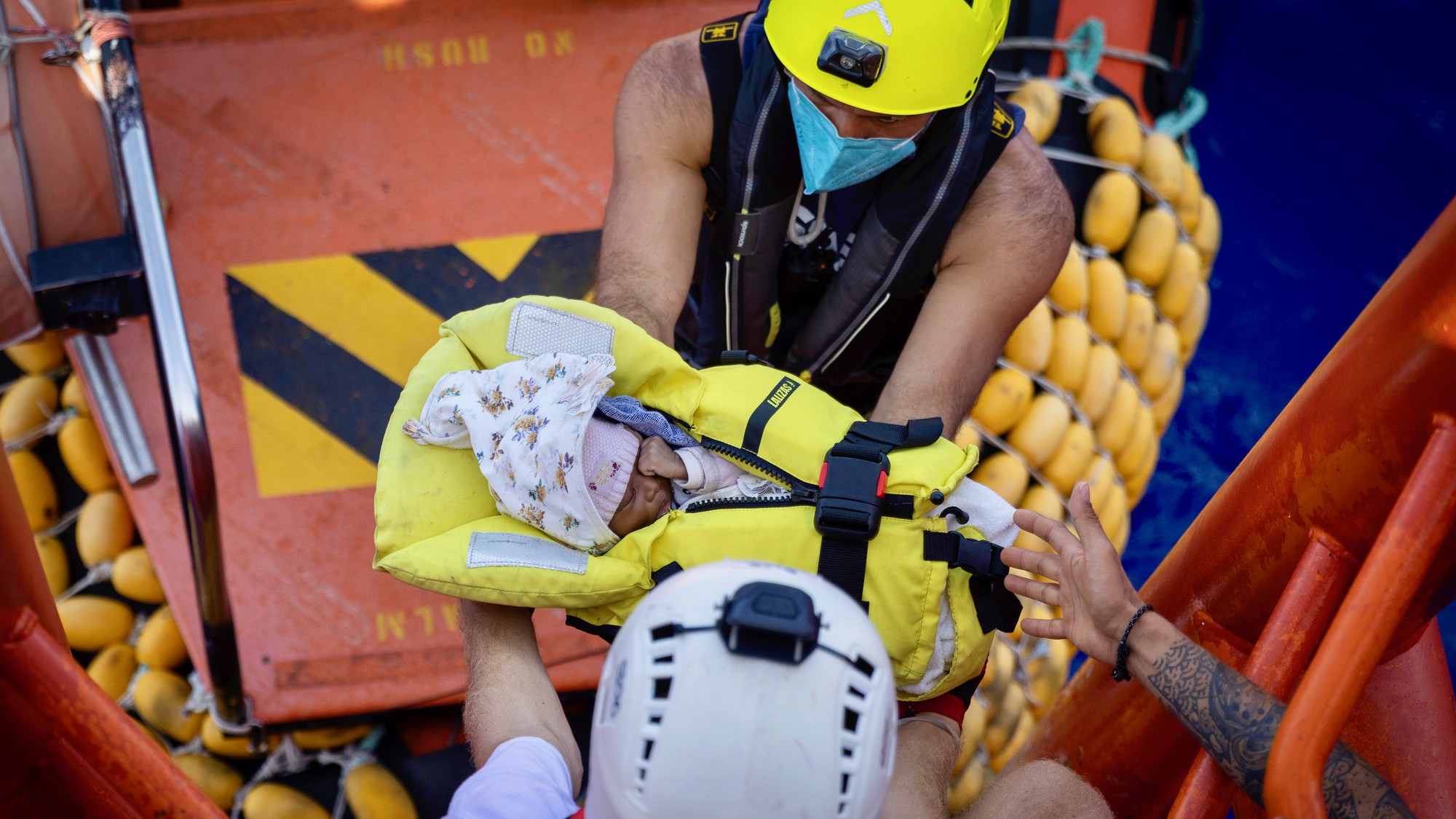Three tragedies at sea took place in June and North American news coverage showed not all lives are equal in the eyes of editors.
“Who is in the newsroom really does dictate what story is considered important,” said Sonya Fatah, assistant professor at Toronto Metropolitan University’s School of Journalism.
A boat sunk off the coast of Greece carrying 400 to 750 asylum seekers on June 14, according to the UN. Rescuers plucked 104 people from the sea and so far, 82 bodies have been recovered. Hundreds of others are feared drowned.
As many as 39 asylum seekers are feared dead after a boat capsized 160 kilometres from the coast of Gran Canaria in the Atlantic Ocean on Wednesday. They included four women and a baby, according to Walking Borders, which monitors asylum seeker boats.
Thursday marked the end of search for the Titan submersible carrying five passengers who paid $250,000 each to view the wreckage of the Titanic. Contact was lost with the submersible on Sunday, one hour and 45 minutes after launch.
Debris was found 490 metres from the Titanic by a U.S. Coast Guard remotely operated vehicle with all passengers assumed dead.
Over the past week, the Titan tragedy received far more coverage than the two capsized boats carrying asylum seekers.
The unequal coverage is related to implicit bias in newsrooms that make decisions without doing a critical layer of analysis, said Fatah, who is also editor-in-chief of J-Source and for several years ran a course that examined the state of journalism.
“We have a greater tendency towards being interested in the rescue operation that involves people who are quote unquote seen as somehow valuable to society versus a much larger group of people who are making decisions about their lives that they know are risky, but doing it for very, very different reasons,” she said.
Fatah said the media had contributed to the “hype” around what was a “self-made decision” to embark on a dangerous travel voyage by the Titan passengers.
While there was coverage of the two asylum seeker tragedies, they did not impact the global conscience or interest in the way the Titan story has, she said.
One of the first news values considered when choosing which stories lead is proximity, said Aly Colόn, Knight professor of media ethics in the department of journalism and mass communications at Washington and Lee University.
“How close is this event to the people in the news coverage area?” he said.
“If it’s out in some place that people don’t know very much about it, it gets very little coverage,” said Colόn, who spent more than 30 years working as a journalist.
Another factor is class, with wealthy people getting much of the coverage and poor people less, he said.
“The way the news operates is in general, the bigger, the better,” he said. The Titan passengers “were doing something that people thought was big by going down toward the Titanic. It shouldn’t be lost on people that the Titanic was down there for a reason.”
Colόn said coverage of these types of tragedies have more to do with the personal than politics.
“How do you relate to humanity and what does that mean to you? It behooves the coverage when it strikes somebody personally,” he said.
Colόn suggested journalists in the United States could help audiences relate to the plight of asylum seekers by making the connection to the struggle for freedom and a better life that dominates American culture.
Newsrooms are looking for stories that will get hits and engagement, which the Titan story clearly did, Fatah said.
“This becomes also a question of newsroom leadership,” she said. “Sometimes the ethics of relevance are not necessarily always in partnership or in concert with the practical financial realities of the newsroom.”
Fatah said the disparity in Western coverage among victims of tragedy can be seen in the “distinct difference” between coverage of Ukrainian refugees and Afghan refugees.
This can be seen in the number of stories, the angle of stories and to what degree different refugees are humanized, she said.
“There’s a historic tendency to report on many of these places in numbers and in broader themes, rather than individual storytelling, which is much more afforded to Western survivors of tragedy of any kind,” Fatah said.
In order to make news coverage more equitable, step one is newsroom composition, she said.
Diversity initiatives carried out today in many newsrooms are “very superficial,” Fatah said.
Enhancing representation means being able to hear what marginalized people are saying when stories are actually being discussed, she said.
Fatah said the coverage this past week is a “great illustration” of how hard it is to truly “do the work.”
“It’s easy to put out statements about equity — which is what newsrooms have been doing for a while — but not [easy] to realize just how much they continue to contribute to that same problem by making editorial decisions such as these,” she said.

